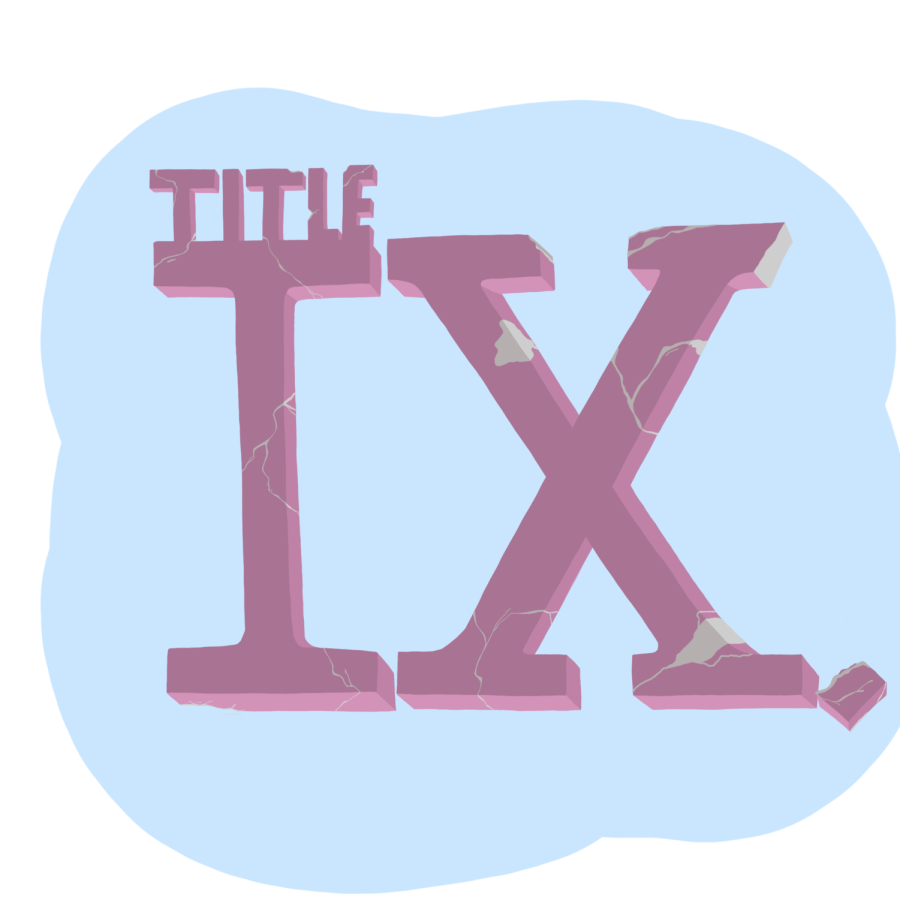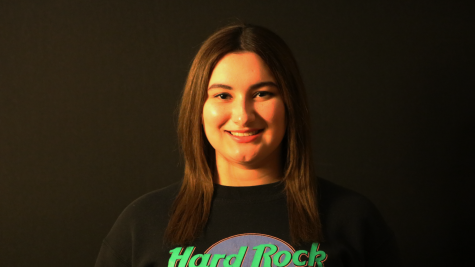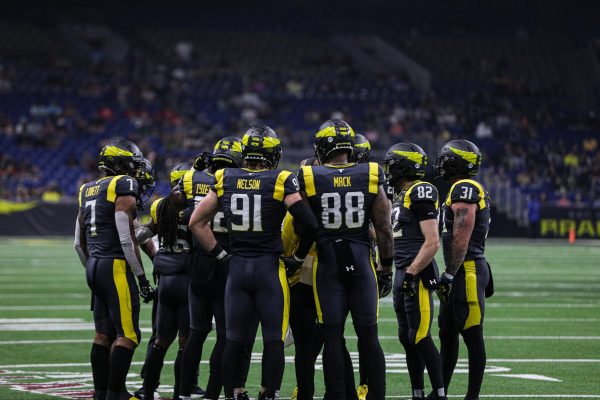The Fight for Equity in Women’s College Sports
April 26, 2022
This June will mark the 50th anniversary of Title IX being passed into American law. The enactment prohibits discrimination or exclusion from participation in sports based on sex at any college or university that receives federal money. Yet, many universities are not providing equal opportunities and resources for women’s sports. In spring 2021, six female coaches at Colby College in Waterville, Maine, filed a complaint with the Maine Human Rights Commission alleging that the school provided more funding to its men’s teams and paid its men’s coaches more. In January, a settlement was reached, according to lawyers for both the coaches and the college. If that isn’t enough to highlight how serious this issue is, this statistic might. At Colby College, head coaches of men’s teams were paid $64,808 on average while women’s coaches were paid $61,047. Assistant men’s coaches salaries were $26,499 while women’s were $19,954. Money spent on recruiting expenses for men’s sports was $80,586 compared to women’s sports which was $73,377. This begs the question: Why are men’s coaches getting paid more than women’s coaches? The difference in funds being spent between men’s and women’s sports, like salaries, is a subject that needs to be discussed and settled. This article is not pitting a “male vs. female” scenario, but shedding light on the fact that universities need to consider and start establishing equitable pay regardless of gender.
Amy Vachon is the University of Maine’s women’s basketball coach. In her first six seasons, Vachon has led the team to a 113-54 record, two NCAA tournament appearances and coached the highest grade point average (3.90) team of any NCAA women’s basketball team in the U.S. in 2021. Vachon has also earned the America East Coach of the Year honor four times. Yet, even when UMaine signed Vachon to a four-year extension for the 2021-22 season, it was $15,000 less than men’s basketball coach Richard Barron. However, her assistant coaches’ salaries were startlingly less in comparison to her own. Vachon had a clause written in her contract to increase pay for her assistant coaches. At UMaine, there was a big gap in pay between the men’s assistant coaches and women’s assistant coaches in previous years, as much as $23,000. Vachon was able to close that gap and help raise the salary pool for women’s basketball assistant coaches to $150,000 this season and will continue increasing them by the end of Vachon’s contract in 2024-25. Vachon and her assistant coach staff had a successful streak in the women’s basketball program, so why not reward her and her staff? However, Vachon still does not get paid the same as the head coach of the men’s basketball team.
There are two ways you can look at this. On a positive note — the University of Maine is starting to pay Vachon and the other assistant coaches the amount of money they deserve, but on a negative note — is this just an incentive to keep her employed at UMaine? It sure seemed that way for past women’s basketball coaches.
Former UMaine women’s basketball coach, Joanne P. McCallie, had to be more tactful in order to gain traction for the women’s team. McCallie would tell the administration she was looking for other jobs. She would even tell the university that she was thinking about leaving and her salary would rise, or she was promised better resources for the women’s basketball team. Not only did this happen to McCallie in Maine, but also to other coaches at Michigan State University and Duke University. Trying to sway universities and threatening to leave for “better” coaching gigs is a terrible way just to attain pay equity.
Title IX came into law on June 23, 1972. It requires colleges to follow and achieve compliance, but if a school does not, then Title IX withdrawals federal funds to the school as a penalty for non-compliance. So you would think, because of this law, universities would make sure all sports available to men and women would supply equal opportunities, resources and funds for both. However, it did not seem like that for the players of the NCAA women’s basketball March Madness tournament in 2021.
From a Twitter post by the University of Oregon’s Sabrina Ionescu, the nation got to see the ridiculous difference in the workout facilities that the NCAA provided for the men’s and women’s teams. The men had a fully equipped workout area like you would see in any gym, while the women had a single rack of dumbbells and yoga mats. Of course, the embarrassment encouraged the NCAA to provide better equipment to their female athletes, but it also sparked the NCAA to commission an independent study of past gender equity issues. Unsurprisingly, they found that the NCAA supplied much less to the women’s teams compared to men’s. This shows that gender equality is at stake and changes need to be made.
Again, this article is not in opposition to men’s sports or trying to undermine them in any way. This is calling attention to the issue that women’s sports deserve to get the same pay and resources as their male counterparts. Both should have equity because for a long time, women have stressed getting equitable pay, opportunities and resources without wanting to take anything away from men. Sports administrations and leaders must create an environment that supports and values women’s sports just as much as their male counterparts. The hope is that the younger generations will help create the destiny of gender and pay equity in women’s sports. All players should expect to get the same treatment, no matter how different their sport may be, and hopefully in the near future, that social improvement will stay.













